The Battle of Point Pleasant
Colonel Andrew Lewis and his 800 Virigina militiamen began setting up camp at Point Pleasant upon their arrival on October 6, 1774. Lewis selected this high ground where the Great Kanawha River empties into the Ohio because it provided “a most agreeable prospect” for an encampment. From this spot, where the Ohio River was 700-yards wide, Lewis felt he could observe any Indian activity and not be caught unawares.
Although Lewis felt fairly secure in his encampment and was “little expecting to be attacked,” his adversary was close by. On October 9, Cornstalk, a gifted Shawnee chief, led 700-800 braves across the Ohio about eight miles upstream from Point Pleasant. Cornstalk was determined to prevent Lewis from joining forces with Lord Dunmore and hoped to defeat Lewis first and then turn north to deal with Dunmore.
Despite numerous precautions taken by Lewis, Cornstalk was able to advance to within two miles of the Virginian’s camp without being detected. Cornstalk planned to launch a surprise attack at first light before the camp was awake and alert, in keeping with the Indian’s preferred method of fighting. Because of their relatively small populations, Native Americans always tried to minimize losses when making war and rarely assaulted an entrenched position or a prepared enemy.
Before reveille on the morning of October 10, several militiamen left camp in search of fresh game to augment their meat rations. Two miles from Point Pleasant, they were surprised to discover several hundred warriors scattered over a five acre field. The Indians shot and killed one of the hunters, but the others raced back to alert the camp. Colonel Lewis immediately sent out two 150-man contingents to drive back what he assumed was a large scouting party.
Despite losing the element of surprise, Cornstalk decided to attack the two columns since they were divided, and his braves collectively outnumbered them. As the Virginians advanced around 6:30 a.m., the Shawnee ambushed the columns, inflicting heavy casualties on the front ranks. After about thirty minutes of hearing steady musketry and many wounded returning to the main camp, Colonel Lewis knew his army was in a full-scale engagement, one he had not expected at Point Pleasant.
“Andrew Lewis.” The New York Public Library.
Lewis soon committed the bulk of his army to the affair and the tide began to turn in favor of the Virginians. At this point, Cornstalk made the unusual decision, at least for an Indian force, to stand and fight, knowing that would mean significant casualties. Cornstalk reasoned that if he retreated and allowed Lewis and Dunmore to join up, the Shawnee would have no chance at all.
Into the early afternoon, the two sides fought a battle of attrition, which greatly gave the advantage to the Virginians. Finally, Cornstalk conceded to reality and the Indians began to withdraw around 5 p.m., recrossing to the north bank of the Ohio that evening. While Colonel Lewis held the field, his losses were significant with 215 men, or roughly twenty-five percent of his army, killed or wounded. Shawnee losses were difficult to determine as Indians usually carried off their dead and wounded, but it is estimated they were much less.
One week after the fight at Point Pleasant, Colonel Lewis, with his unit rested and recovered, crossed the Ohio River and moved north to rendezvous with Lord Dunmore at Camp Charlotte, a fortified camp near the main Shawnee towns on the Scioto River.
The prospect of facing the combined armies was too much for the Shawnee who quickly sued for peace, signing the Treaty of Camp Charlotte in late October. Their chiefs agreed to stay north of the Ohio River and surrender their hunting grounds in Kentucky. With peace concluded, even though most knew it would not last, the Virginia militiamen headed for home.
Neither Cornstalk nor Lord Dunmore, the two main antagonists in this war, fared well following this conflict. As tensions increased between England and her colonies, Lord Dunmore was forced to flee the Governor’s Palace in Williamsburg in mid-June 1775. He remained on a British warship in the York River until early January 1776 when, after firing on and burning Norfolk, Dunmore headed for New York, before returning home to England.
Cornstalk met an even harsher fate. With the outbreak of the American Revolution, many Shawnee warriors began to raid the frontier settlements again. Worried that these depredations would lead to misery for his people, Cornstalk visited Fort Randolph on a peace mission. Authorities wrongfully imprisoned Cornstalk and, on the night of November 10, 1777, he was murdered by an angry mob.
Lord Dunmore’s War would prove to be the last conflict of our colonial era. A short six months later, in April 1775, Minutemen would stand tall at Lexington and Concord and the United States would be on the road to independence. Part of that fight would include conquering the Ohio Country and the man to do it would be one of Lord Dunmore’s Virginia militiamen, George Rogers Clark.
Next week, we will discuss the early life of George Rogers Clark. Until then, may your motto be “Ducit Amor Patriae,” love of country leads me.


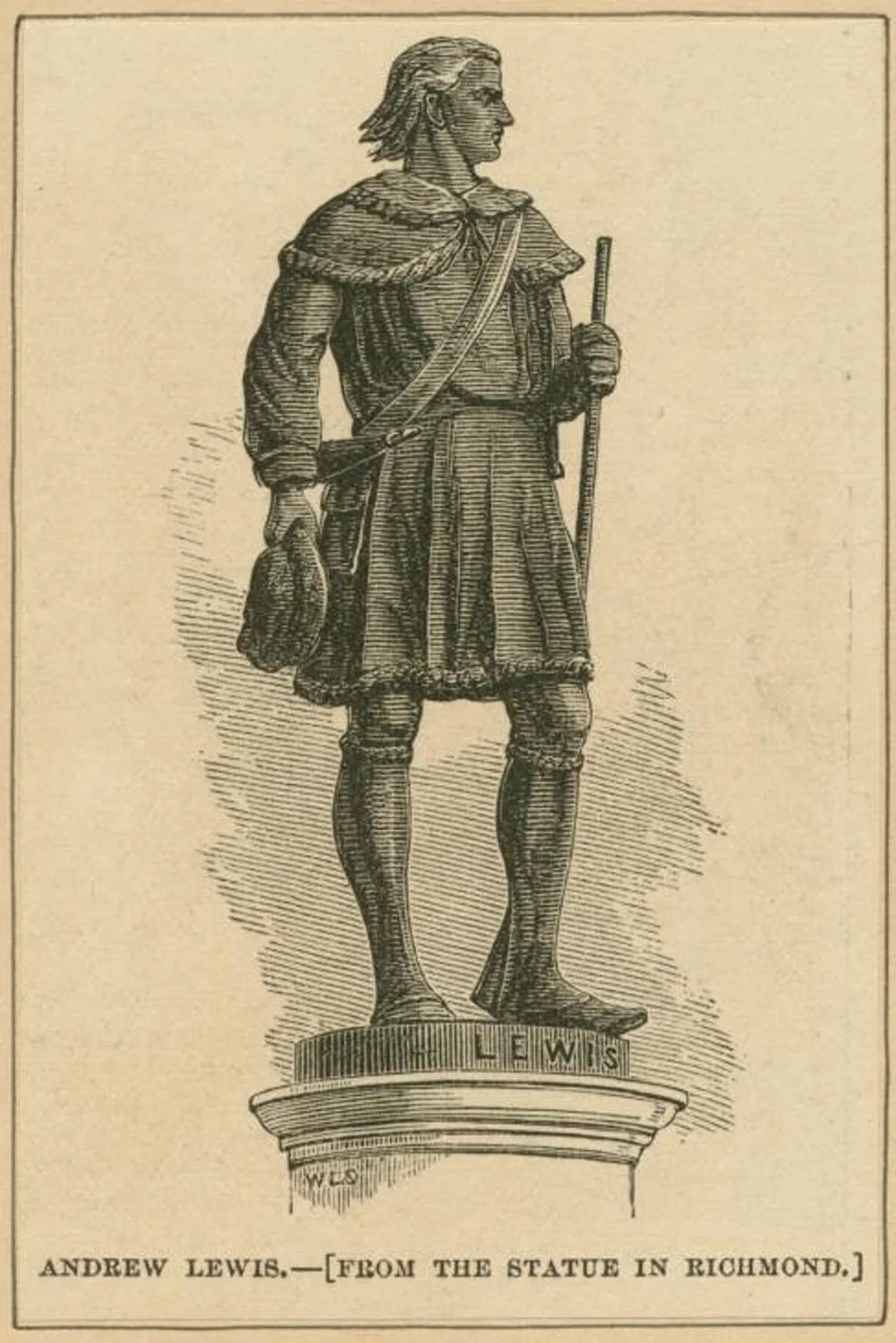




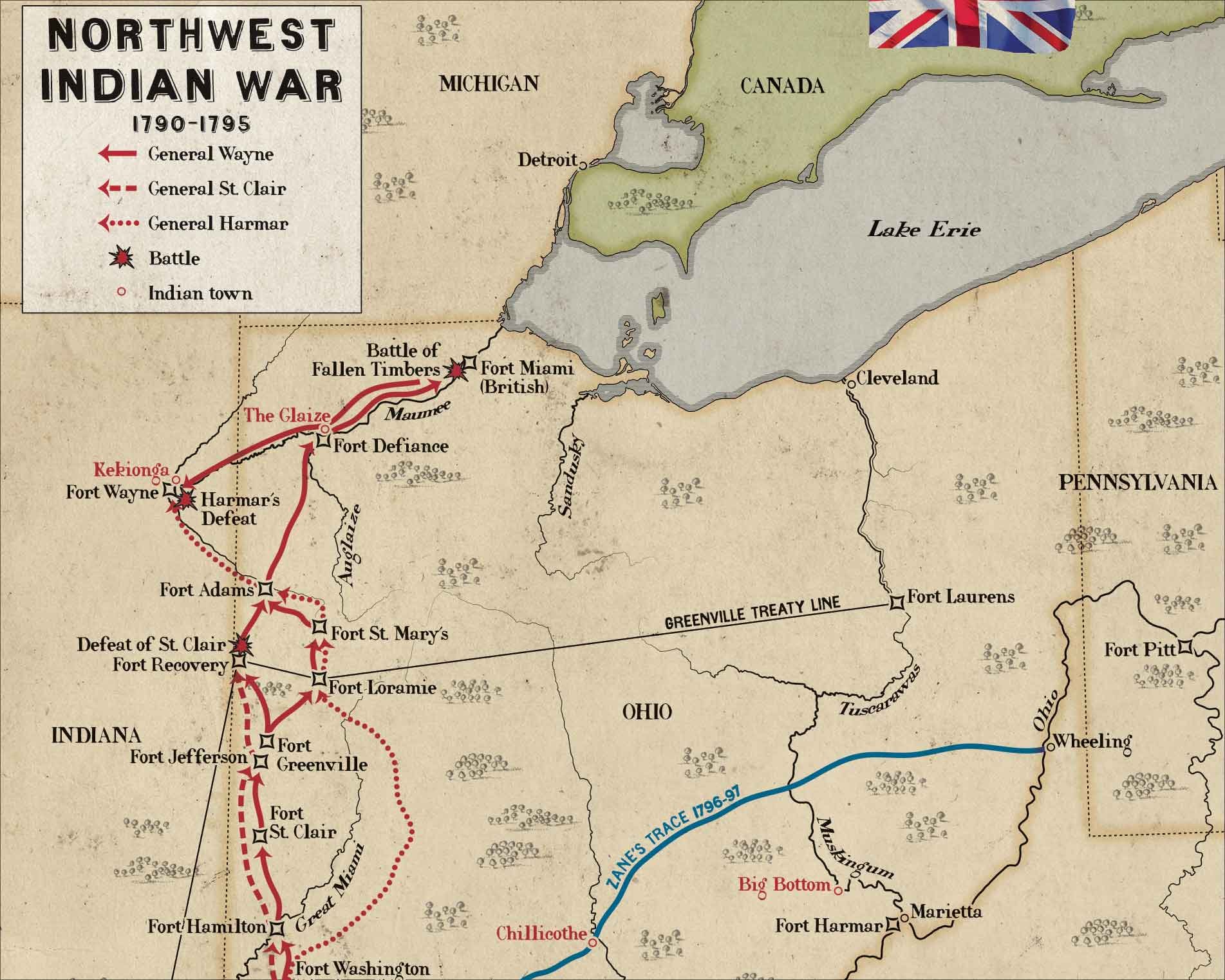
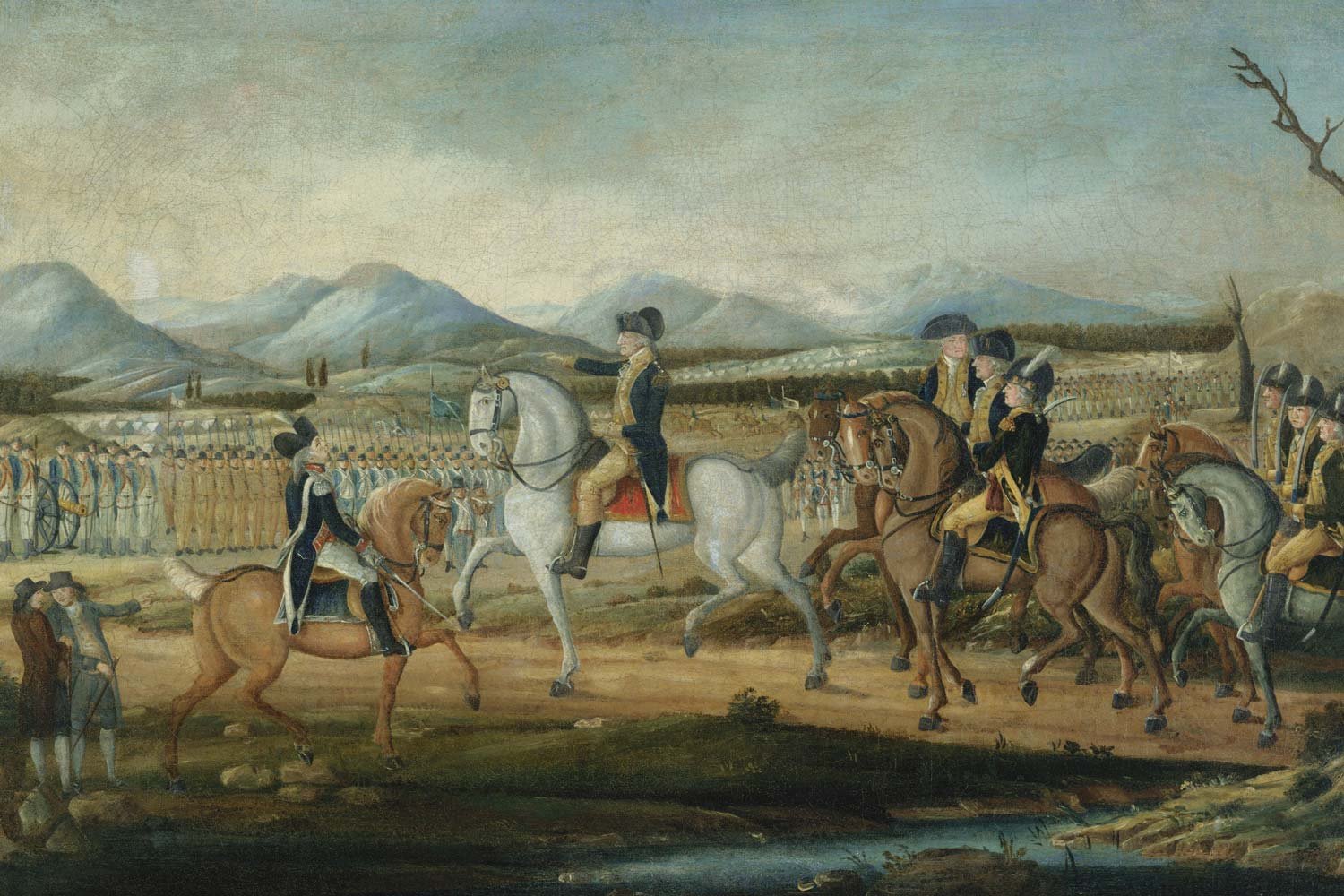
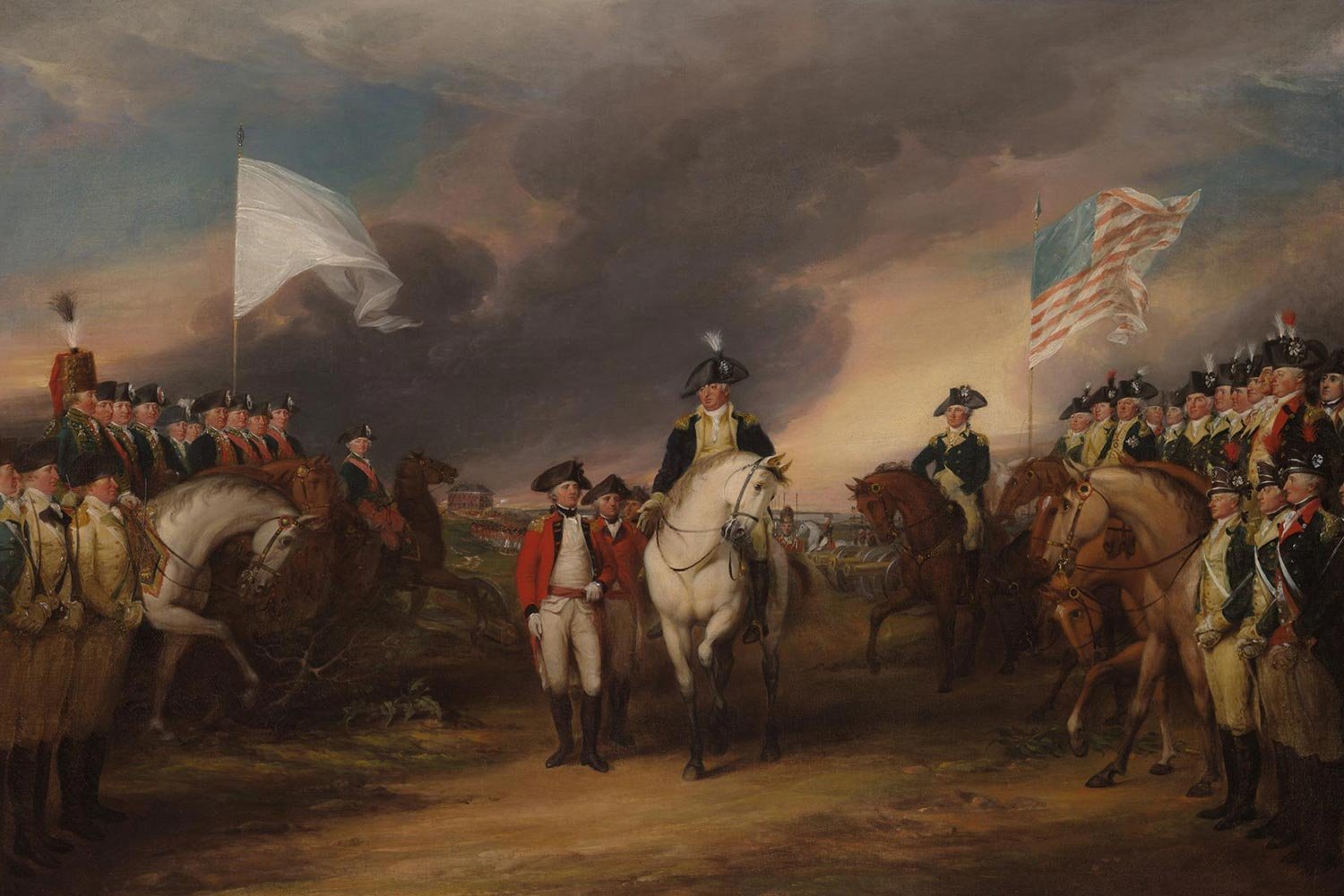
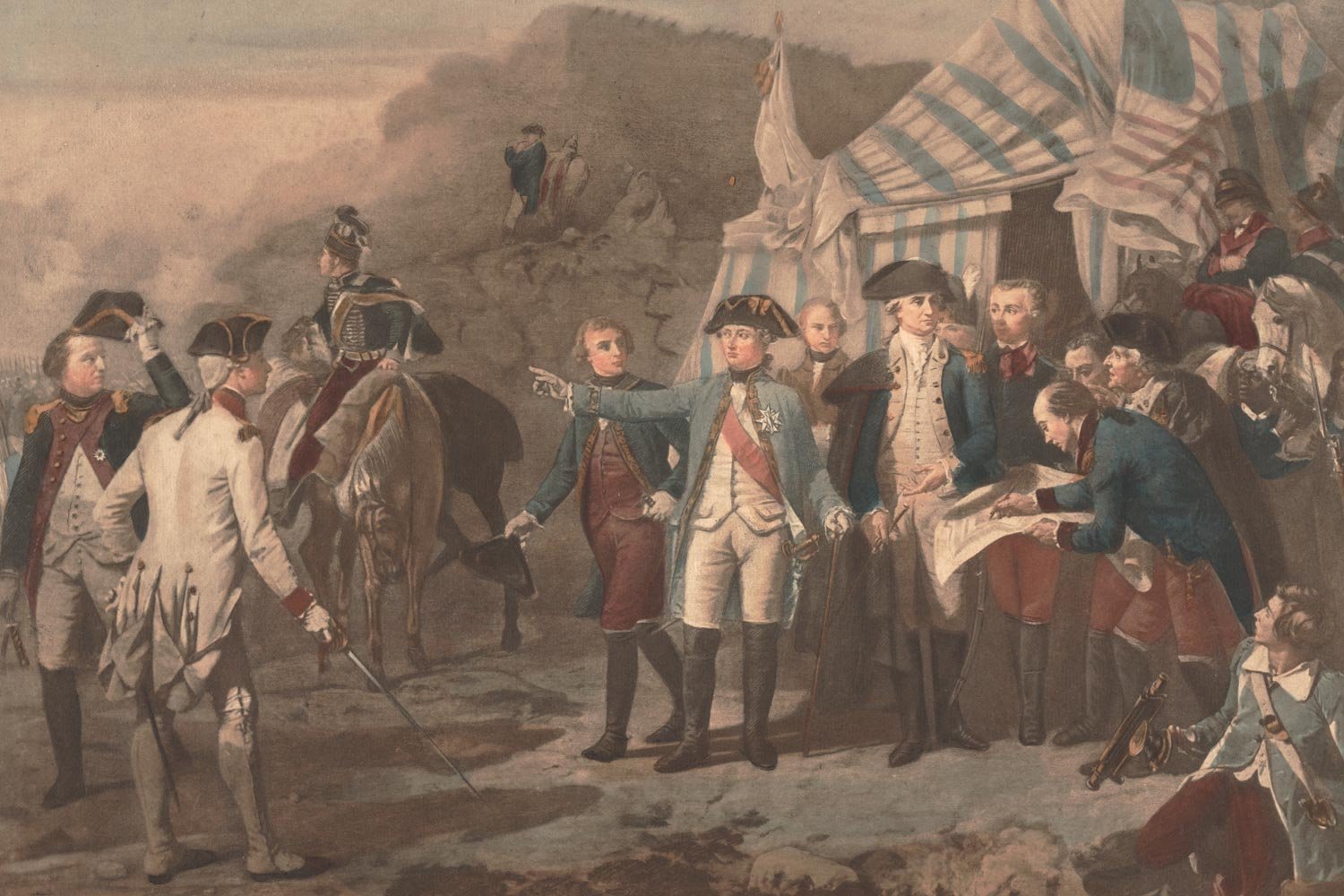
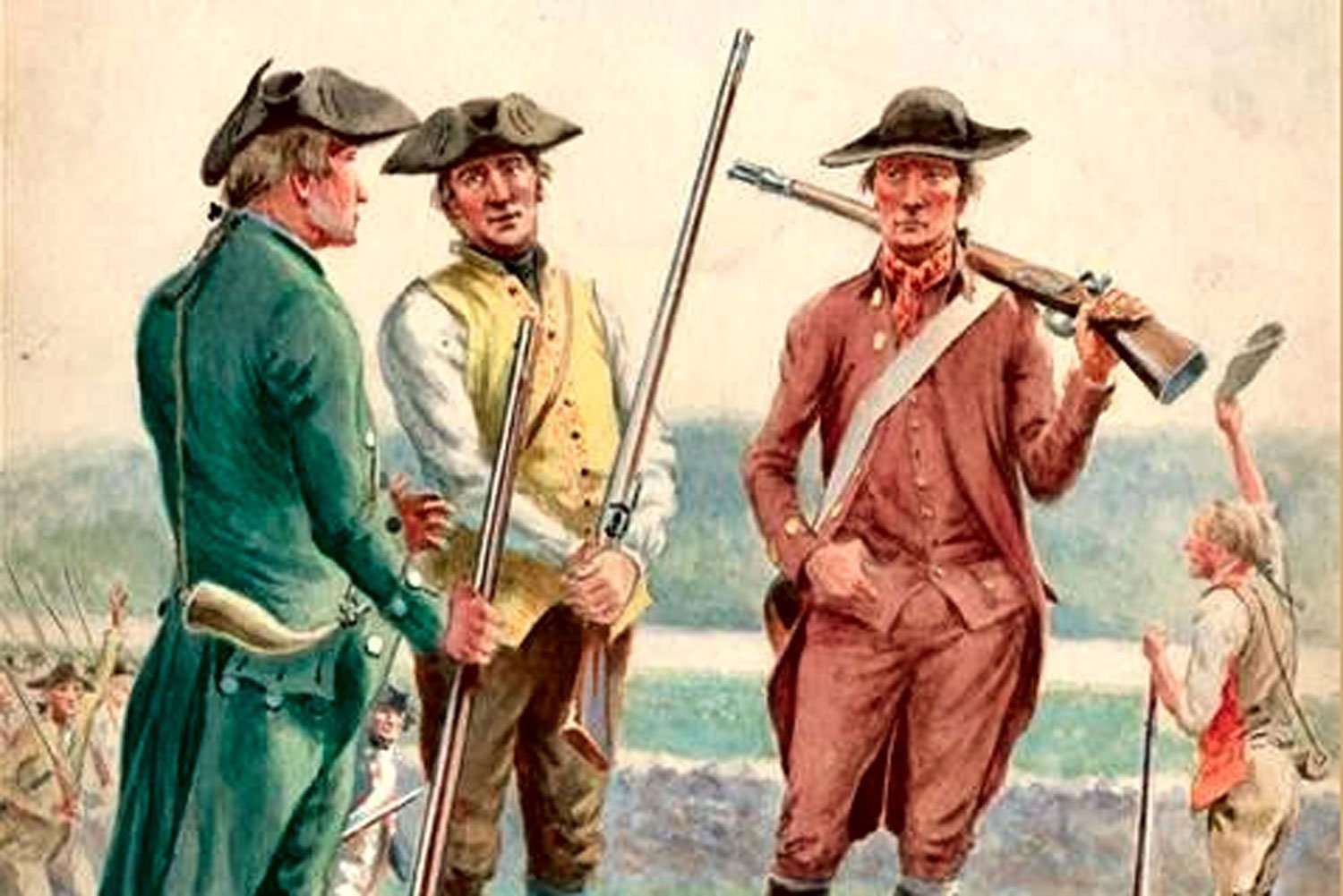
The only fighting in the Quasi-War occurred at sea, and mostly in the Caribbean. But with war at a fever pitch and French interests so close by in Louisiana, there was a very real concern in Congress about a possible French invasion of the United States from the west.